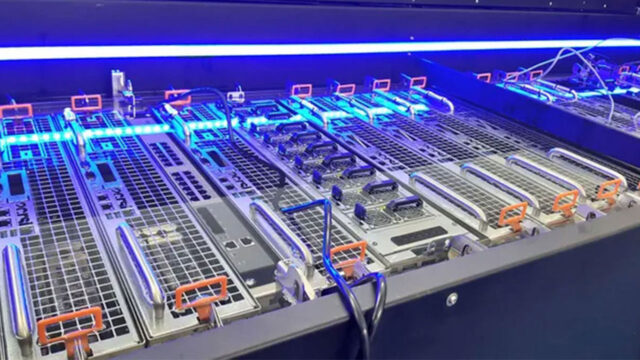
The Tetra Tech High Performance Buildings Group’s green paper, “A Practical Design Guide to Optimizing Data Center Direct-to-Chip Liquid Cooling with PG 25,” outlines best practice for corrosion-free liquid cooling systems.
Over the past decade, the server cooling landscape has undergone a significant transformation. Widespread adoption of artificial intelligence (AI) has driven liquid cooling from its traditional niche in high-performance computing (HPC) to a mainstream solution for data centers.
As power densities from AI and HPC workloads increase, direct liquid cooling (DLC)—particularly direct-to-chip and immersion cooling—is set to dominate future data center cooling solutions. DLC helps maximize performance, improve energy efficiency, and manage thermal loads in increasingly demanding workloads. Automation and AI-driven optimizations will also play a crucial role in enhancing efficiency.
Recent industry surveys indicate that 22 percent of data centers have already adopted DLC, with an additional 61 percent actively evaluating its implementation. Our latest green paper provides practical guidance for designing a corrosion-free liquid cooling system using a formulated PG 25 coolant.
While PG 25 offers a highly efficient, ready-to-use cooling fluid with high thermal stability, cost-effectiveness, and low viscosity, it has a potential risk of oxidation over time. Our paper outlines a systematic design approach, involving material selection, fluid purity management, system design, and proactive maintenance to prevent and eliminate corrosion.
Learn more about how to design a corrosion-free liquid cooling system for the next generation of data centers.
